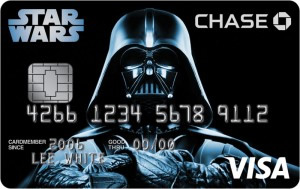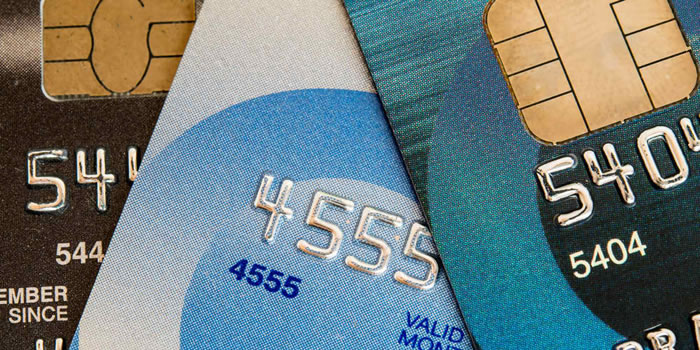
The year 2013 offered several alarming reminders of how easy identity theft can be. Two national chain stores, Target and luxury retailer Neiman Marcus, saw their credit card networks suffer significant data breaches during the holiday season. The breaches affected 110 million Target customers and 1.1 million Neiman Marcus customers, all of whom had their information – including credit card numbers, PIN numbers, addresses, phone numbers and names – stolen.
Javelin Strategy, a consulting and research firm focused on the payments and financial services industries, reports that one out of every three data breach victims becomes a victim of identity fraud, up from one in four in 2012. The same report indicates that in 2013, there were 500,000 more identity fraud victims than during the previous year.
These latest big brand security breaches are important reminders that it is not always possible to keep your information safe from thieves. However, there are a number of measures you can take to make it more difficult for high tech criminals to steal your personal information.
The more common sense methods of preventing identity theft include shredding all bank/credit card statements, as well as credit card offers, in addition to regularly monitoring all accounts. Also, leaving your passport and other personal documents at home and refrain from keeping any copies of these documents in your purse or wallet, will help keep it out of the hands of conniving criminals. It’s also a good idea to use a post office box versus a community mailbox, since these mailboxes can be easy targets for devious swindlers.
Here are some additional, unique steps you can take to protect yourself from personal information bandits:
- Do not send any personal or confidential information via email. Not matter what service you use, email messages are NOT secure.
- Keep your smartphones secure. Most devices offer a way to “lock” the phone so information can only be accessed with a password. Also, be aware of your surroundings when carrying an electronic device, as thieves can easily run by and steal them right out of your hands.
- Sign up for a credit monitoring service. These services constantly monitor your credit profile and will alert you when any changes are made.
- Avoid over-sharing on social media. Many identity thieves are experts at sifting through social media accounts looking for personal information, including birthdays, addresses, names and phone numbers, which all become very useful when stealing identities. Also, be sure to check your privacy settings on social networks such as Facebook and Google+ as you may be sharing status updates to more people than you think.
- Don’t let your bank account information float around through the mail. Pick up new check orders at your bank rather than having them shipped or mailed to you.
- If you receive a request for personal information from your bank by phone, text or email, check with your bank first before giving out any information. Most of the time it’s not the bank making the request, but a scammer phishing for info.
For more information on identity theft, including what to do if you become a victim, check out this Consumer Identity Theft Kit from the Consumer Measures Committee.




